Our family watched the film, "Roman Holiday," last Saturday. Roby and I hadn't watched it in the longest time, so it was a treat for us to watch it again with the kids. We all enjoyed it, and it is now one of their favorite films. Some of the things the kids learned from the film:
1. Rocina was so impressed by Audrey Hepburn's poise and regal bearing.
2. The kids learned that this was Audrey Hepburn's first film. They were amazed that she won the Best Actress Oscar that year for her wonderful performance.
At the Spanish Steps
3. "Roman Holiday " was the first American film to be made in its entirety in Italy. It was shot in black and white so that the characters wouldn't be upstaged by the romantic setting of Rome.
Jean Simmons
4. Director, William Wyler, at first wanted beautiful British actress, Jean Simmons, to play Princess Ann, and reportedly nearly canceled the project when Simmons proved unavailable.
Roman Forum
5. Roman Forum (Joe Encounters Ann)
The Roman Forum would be a convenient place for Princess Ann and Joe Bradley to meet: she, on the escape from the palace; he, from a poker game at Irving Radovich's apartment. As Ann feels the effects of a sleeping pill, she rests on a brick bench near the Temple of Saturn (4th century BC) and the Arch of Septimus Severus (203 AD). That's where Joe finds her, takes pity on her and tries to take her home. Never managing to get her address, he takes her to his place by taxi. The road seen in the film, close to the ancient arch no longer exists. There used to be a road running along the northwest edge of the Roman Forum, but it has been closed for quite some time, part of it remaining as a cul-de-sac. The Temple of Saturn and the Arch of Septimus Severus are parts of the Roman Forum, a complex of the oldest and most significant constructions of the ancient city.
Fountain of Trevi
6. Barber Shop at Trevi Fountain (The Haircut)
After leaving Joe Bradley's apartment, Ann goes for a walk back to her palace. As she is enjoying her stroll through Rome’s narrow streets looking into shop windows and observing street life, her eye is caught by a young Italian woman with a short, trendy haircut coming out of a barber shop. She doesn’t hesitate to enter and ask the barber, Mario Delani, to cut her hair. That shop was located east of the Trevi Fountain (1629), at Via della Stamperia 85, just left of the large rectangular entrance. Today it is a leather shop. Joe Bradley tries to steal a camera from a little American girl at the Trevi Fountain to snap a shot of Ann getting her hair cut. Nowadays, as in 1953, the largest Baroque fountain in Rome is full of tourists.
The Spanish Steps
7. Piazza di Spagna (Joe Meets Ann Again)
The Spanish Steps ("Scalinata Spagna" in Italian) in the heart of Rome is one of the city’s most famous sights. It is an 18th-Century stairwell of spectacular grace and Baroque beauty, leading from the "Piazza di Spagna" or Spanish Square, one of the most beautiful squares in Rome, up to the "Trinita' dei Monti," the church that dominates the square from above. Its location on top of the Spanish Steps make the "Trinità dei Monti" a well-known landmark in Rome.
The elegant staircase consists of 137 steps over twelve different flights. It has an irregular albeit symmetric structure. It is especially beautiful in May, when it is decorated with azaleas. The steps are usually very crowded; it attracts tourists as well as locals, who use it as a gathering place.
At the bottom of the Spanish Steps is the Piazza di Spagna. The steps and the long, triangular square were named after the Spanish Embassy to the Holy See, which is still located in the piazza. In the 17th century, the area around the embassy was even considered Spanish territory. (www.aviewoncities.com)
Fresh after a haircut, Princess Ann sits on the steps, enjoying the sight, eating gelato. After taking compliments for her new look, she confesses to Joe Bradley that she had run away from school and takes his proposal to spend the day together before she returns. And here the holiday begins!
The Mouth of Truth
Believed to be over 2,000 years old, the Mouth of Truth ("Bocca Della Verità" in Italian) is a huge stone disc set into the wall of the portico of the beautiful church of Santa Maria in Cosmedin. The sculpture is thought to be part of a roman fountain or perhaps a "manhole" cover. This man-like marble face, with its mouth gaping open, is an attraction for visitors to Rome, many wanting to try out this ancient lie detector.
Tourists line up to place there hand in its mouth and make a statement. If your words are true, you will be able to pull your hand out with no ill effect. Should you tell a lie - the mouth will snap shut and bite your hand off. The thrill of the risk is evidently too strong and you honestly can't resist putting your hand inside this harmless, but unsettling stone face and hope for the best! A lack of amputated fingers indicates there are a lot of honest people around. (www.thetravelalmanac.com)
The mask is so famous that even Hollywood honored it in the 1953 film, "Roman Holiday." In one of the most memorable scenes, Gregory Peck stuck his hand in the mouth and jokingly hid his hand in his sleeve when he yanked it out, causing Audrey Hepburn a shock. The scene wasn't scripted, but it worked so well that it was kept in the movie. (www.nycerome.com)
Basilica di Santa Maria in Cosmedin
9. The "Wall of Wishes"
It no longer exists, at least not the plaques that were hanging on it when Roman Holiday was filmed. Thanks to the work of some fans of the movie who traveled to Rome specifically in search of the wall, it appears that it was once a part of the Aurelian Walls on the Viale del Policlinico, southwest of the Villa Borgese. The plaques were removed in the mid-50s, leaving just the unadorned wall. By the way, the plaques were not "wishes"; they were "ex-votos", votive offerings made to the saints in thanks for their divine intervention in sparing a loved one's life.
10. Castel Sant'Angelo (Night of Dancing on the River)
You surely remember when Princess Ann is invited to a night of dancing on a barge on the Tiber River by Mario Delani, the barber who gave her the new haircut. The excitement and fun of the scene is truly terrific, especially the scuffle and mess created by secret agents chasing the Princess, and her priceless move, hitting an agent with a guitar, making him the "crowned head" of the night. Although it is no longer there, the barge used to be moored between Ponte Vittorio Emanuele II (1886) and Ponte Sant'Angelo (134 AD), located at the foot of Castel Sant'Angelo, a 2nd century mausoleum of the Roman Emperor Hadrian. Over the centuries it has served as a castle, papal residence, prison and is now the National Museum of Castel Sant'Angelo. The night of dancing ends with an escape jump into the river.
Castel Sant'Angelo
11. Palazzo Barberini (Princess Ann's Embassy)
Palazzo Barberini, Via delle Quattro Fontane, is where Princess Ann’s Embassy is during her stay in Rome. This magnificent Renaissance palace completed in 1633, with several generations of architects working on its design, Carlo Maderno and Francesco Borromini among them, today houses Galleria Nazionale d'Arte Antica. Note its wonderfully ornate gate featured in the film welcoming Princess Ann’s delegation, and also in the scenes of her escape from the palace. Either due to availability issues or for aesthetic purposes, interior shots were made in Palazzo Brancaccio, though the interior of Palazzo Barberini was not featured in the film.
Palazzo Barberini
12. Palazzo Brancaccio (Princess Ann's Embassy)
Palazzo Brancaccio was the filming location of all the interior shots of Princess Ann’s Embassy. Although the location is supposed to be Palazzo Barberini (and we see its exterior in the movie), Palazzo Brancaccio's rooms were chosen to be the inner set. Built in 1880 and considered to be the last noble palace of Rome ever constructed, several rooms are featured in the film. Most remarkable would be the magnificent Baroque room where the Reception Ball was held, Her Highness' dormitory and the Hall of Mirrors. Remember Ann, looking through the window at people dancing in the nearby garden party and wishing she were there? This shot, along with the general view from the window were surely filmed from Palazzo Brancaccio. You might also remember Ann escaping her room from the balcony. Some of the palace's exterior decorations can also be seen. Palazzo Brancaccio is located on Viale del Monte Oppio, between the Colosseum and the Basilica of Santa Maria Maggiore.
13. Palazzo Colonna (The Interview)
Palazzo Colonna, featured in the final scene of the film, is where Princess Ann gives her interview to the press, finally choosing duty over love. One of the largest palaces in Rome, Palazzo Colonna acquired its present Baroque design in the 17th and 18th centuries, although some parts have been there since the 13th century. Facing Piazza dei Santi Apostoli, today it hosts the Colonna Art Gallery. Palazzo Colonna is distinguished for its famous Sala Grande Galleria, where the actual interview took place. You might vividly remember the closing scene when the interview is over and everyone has left, Gregory Peck walks alone through the empty hall, his steps echoing, with several levels of paintings on remarkably high walls.
Source: http://www.gpsmycity.com/tours/roman-holiday-tour-5090.html
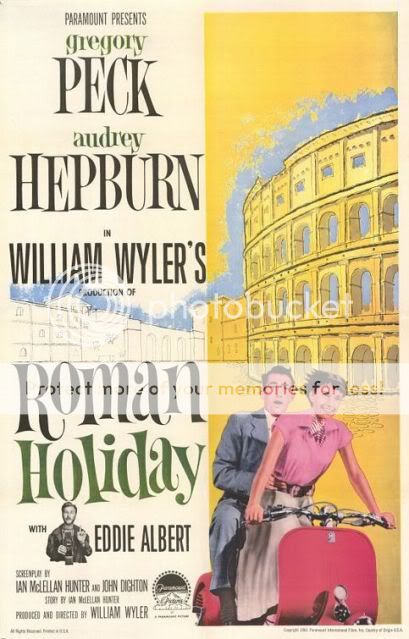
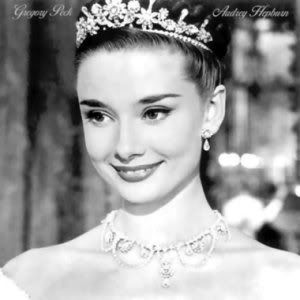



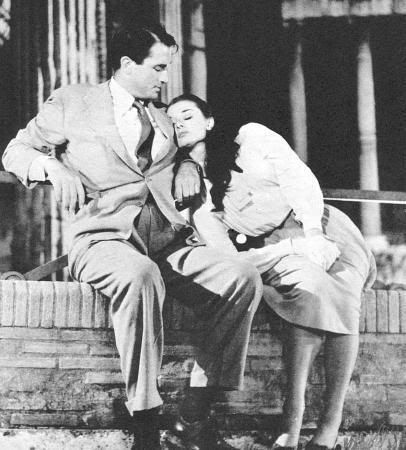



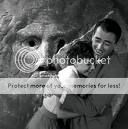
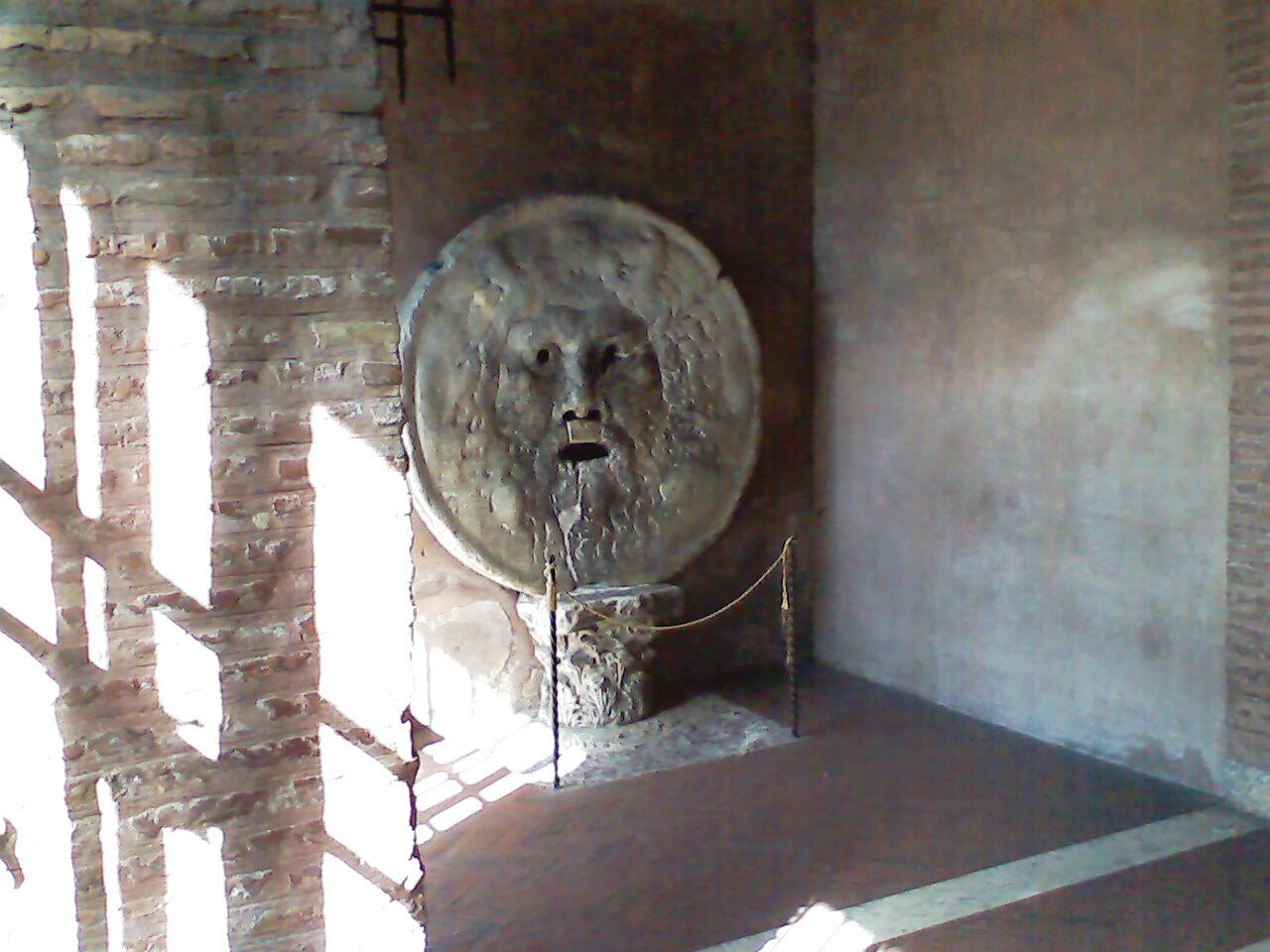



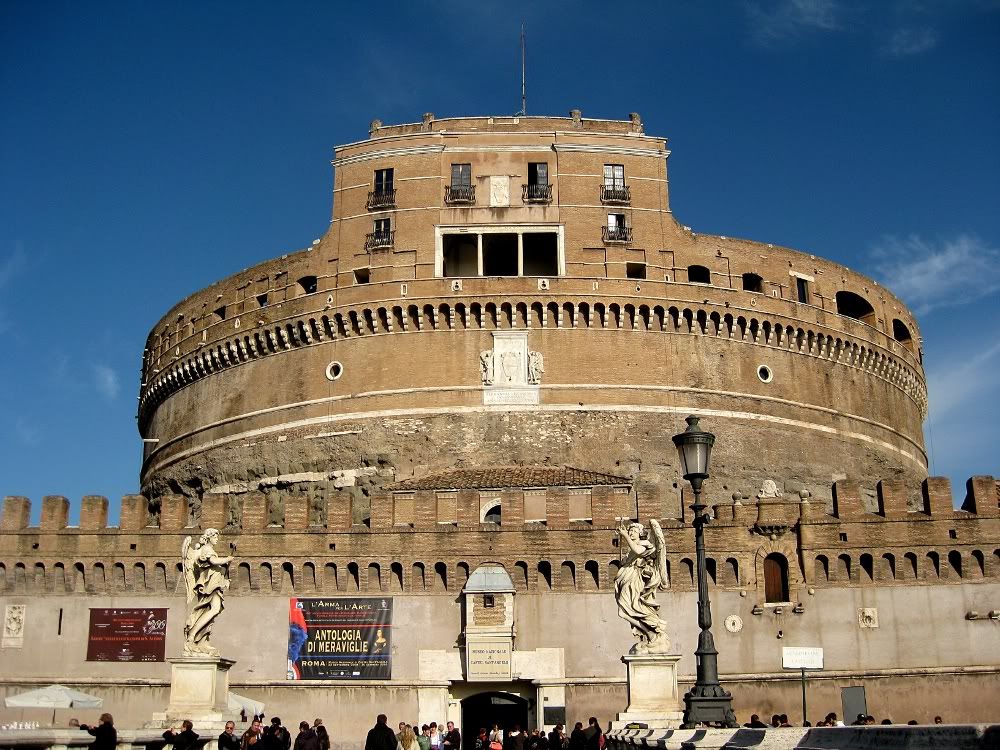







































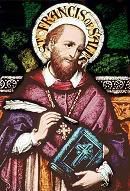




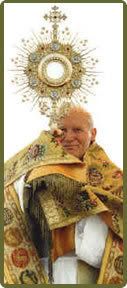






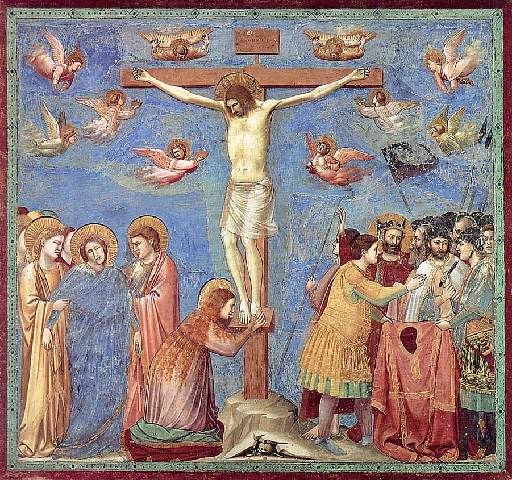

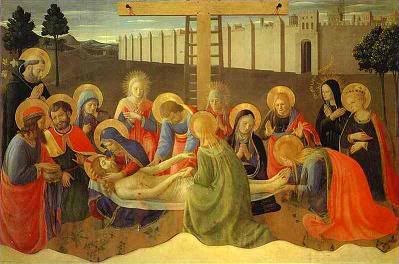
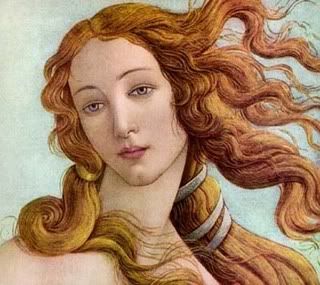
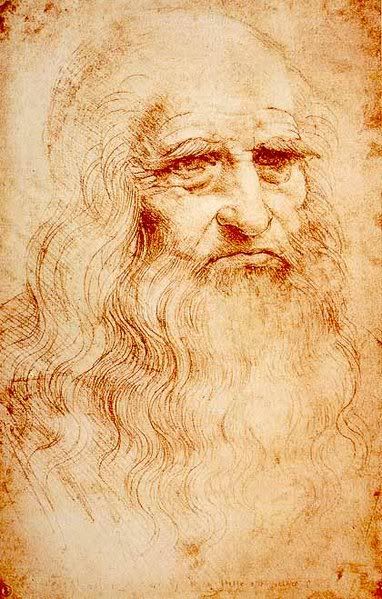
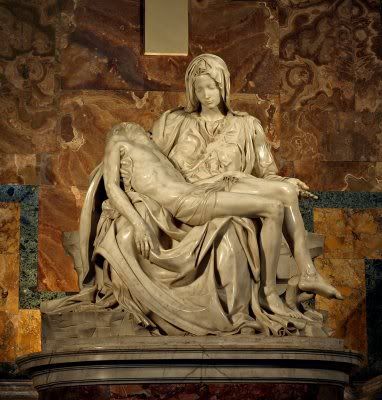

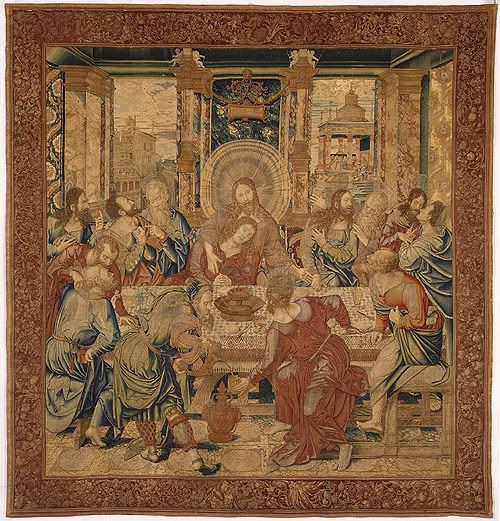
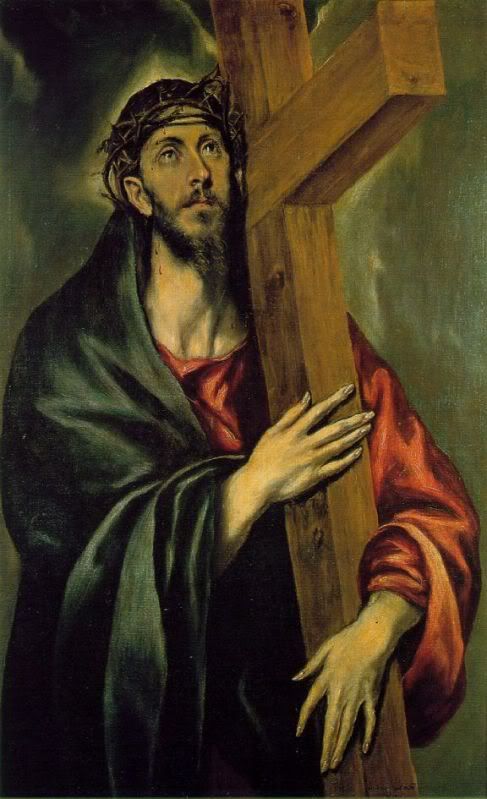


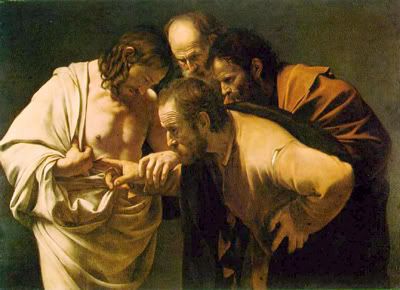
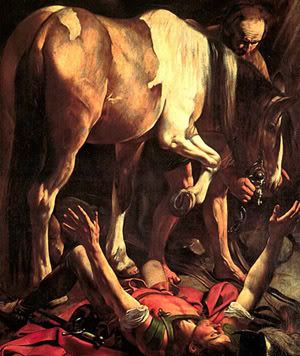
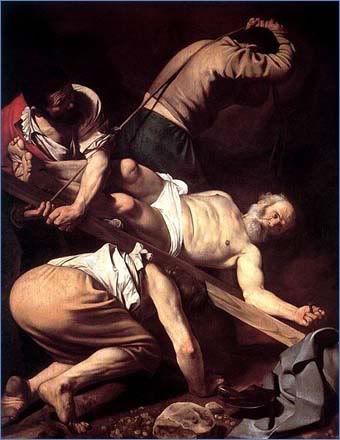
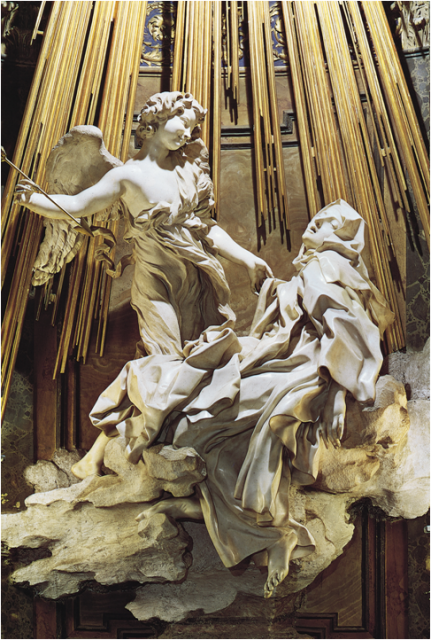
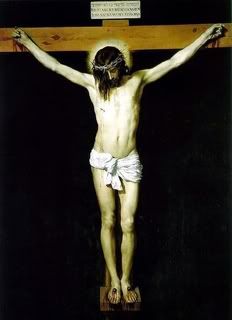

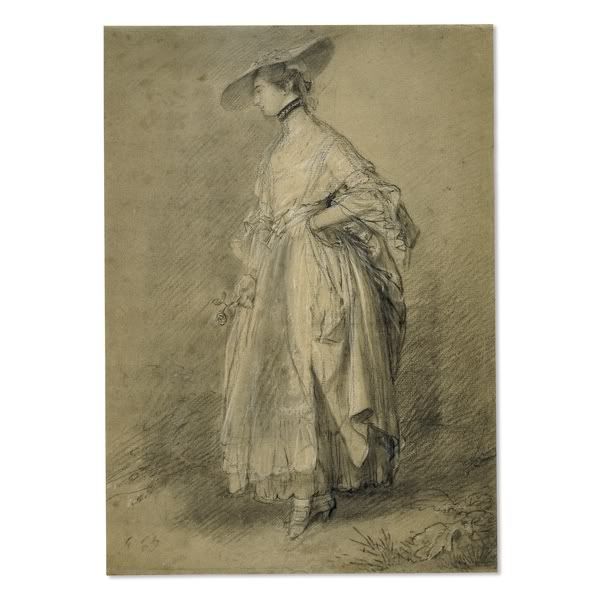


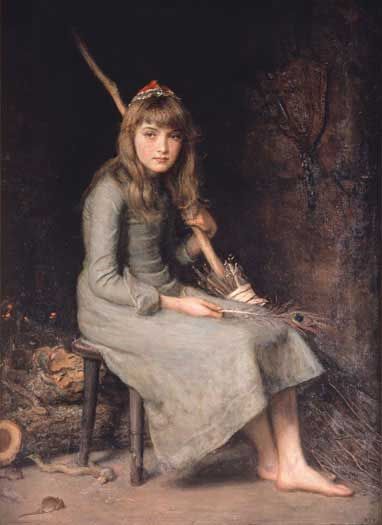
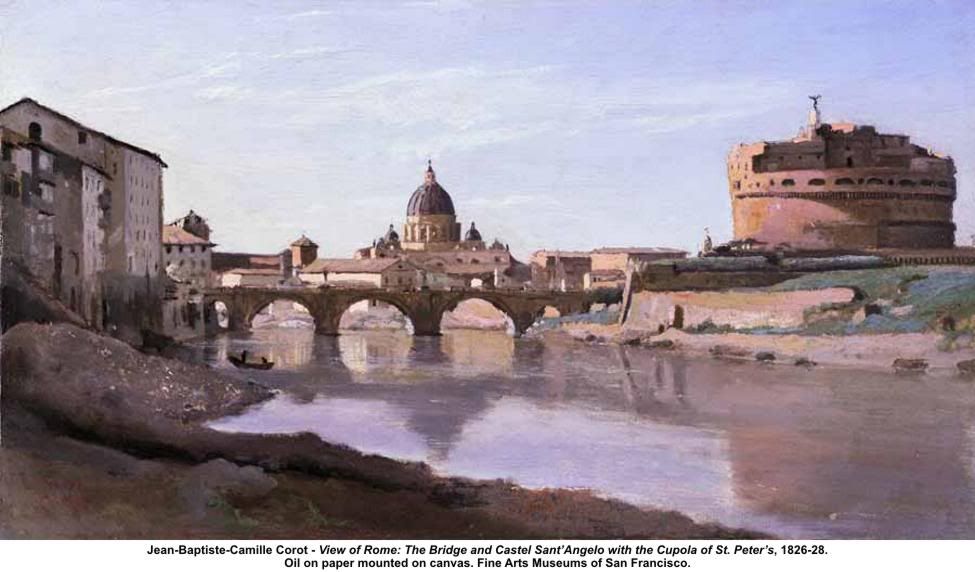
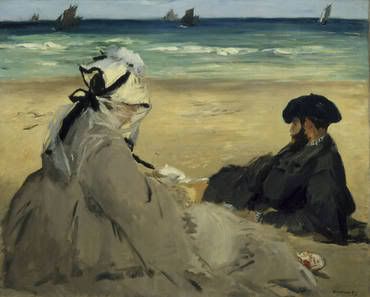
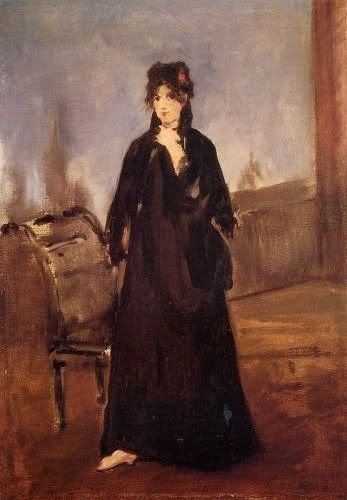
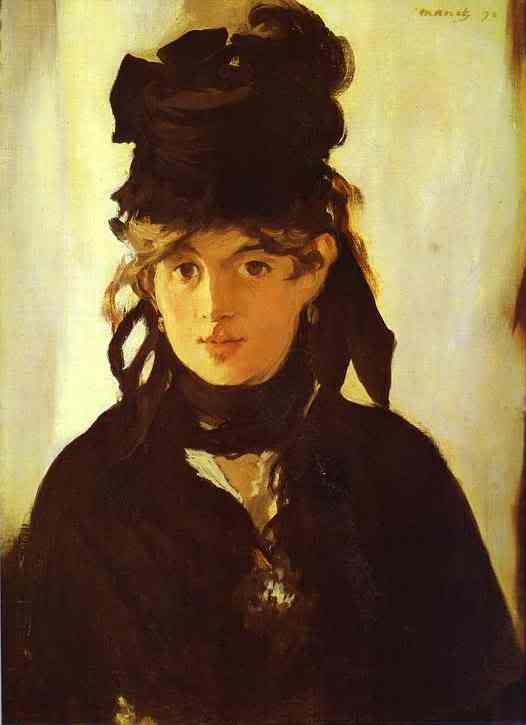
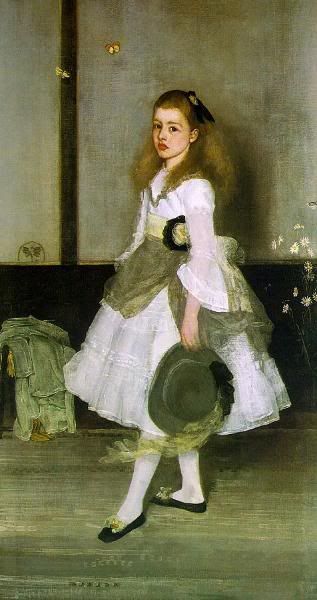
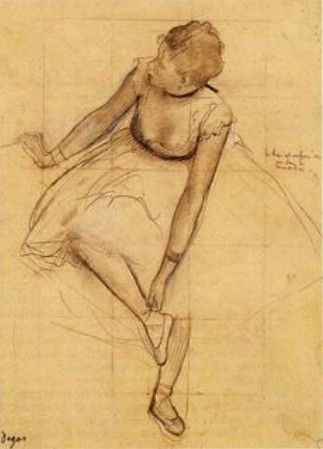
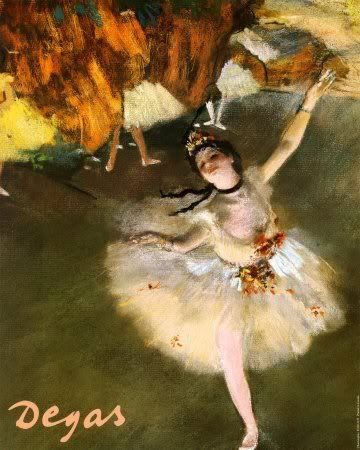

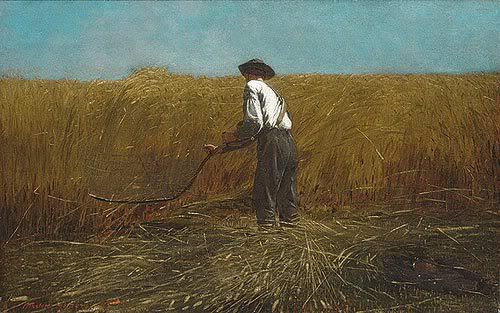
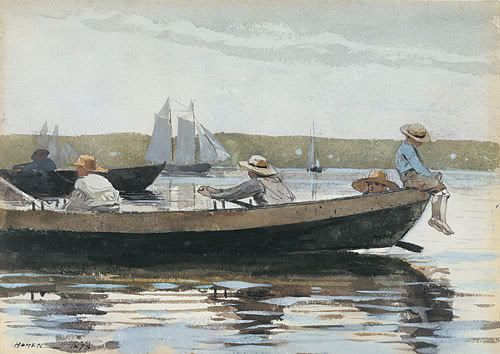
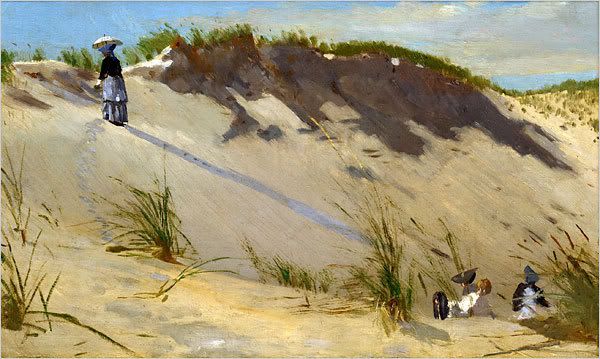
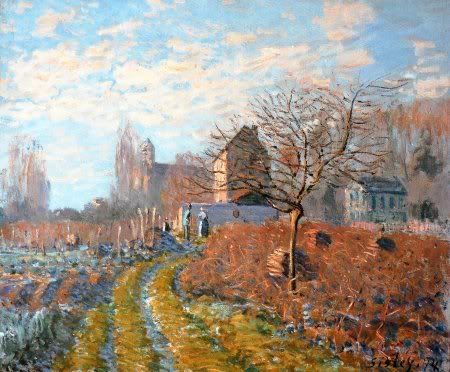
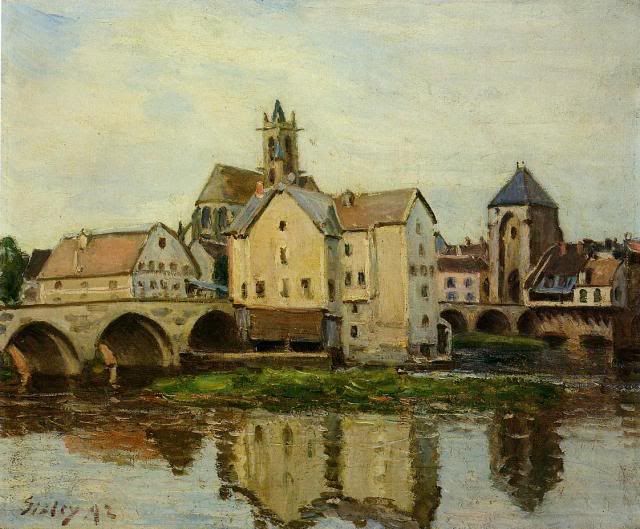
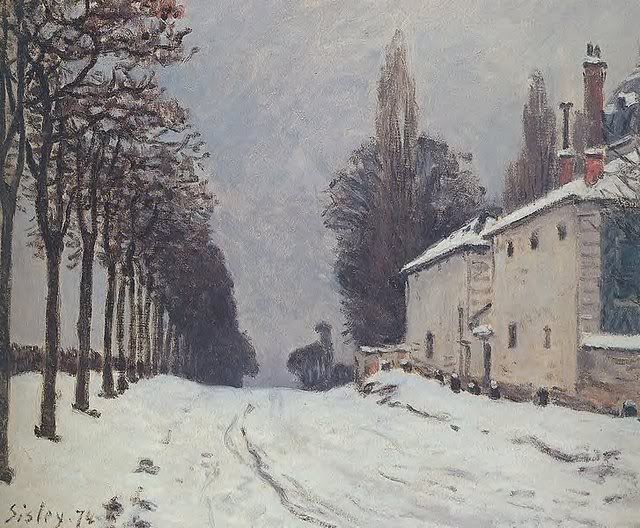
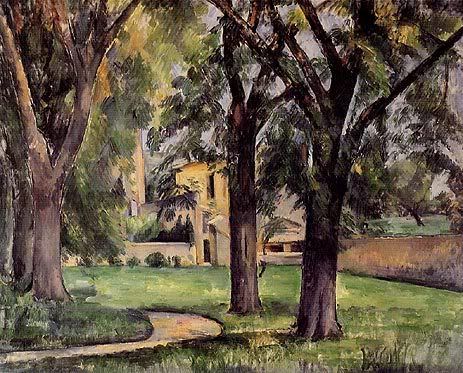

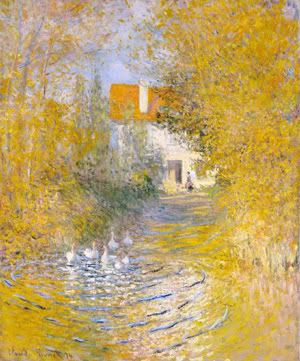
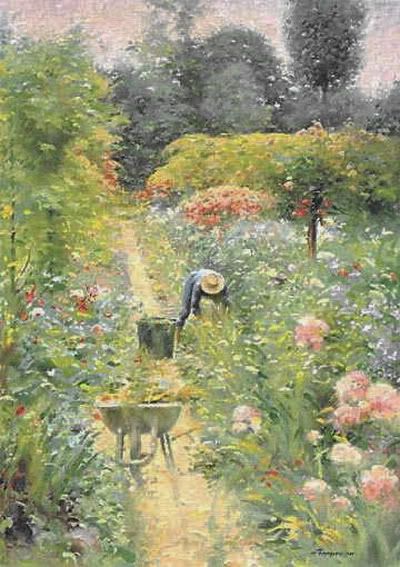


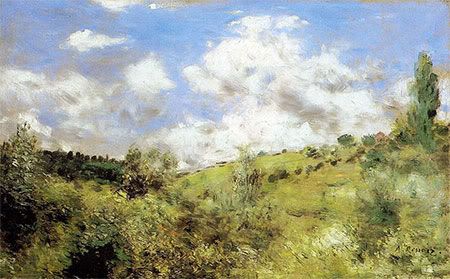

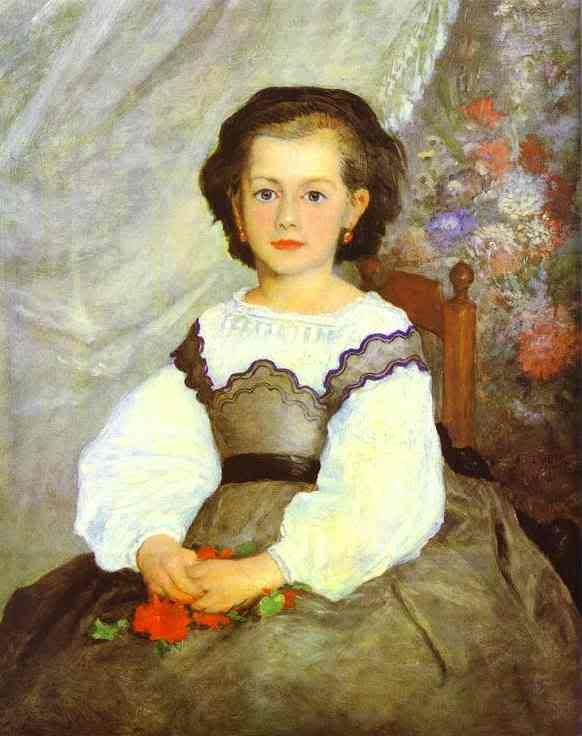
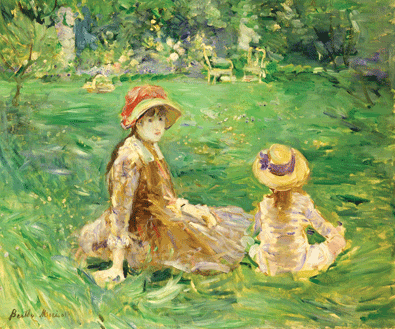
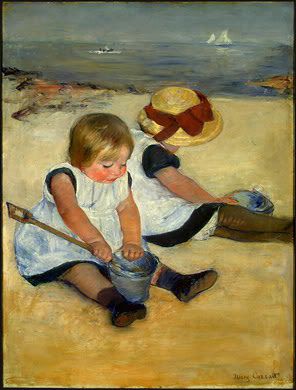
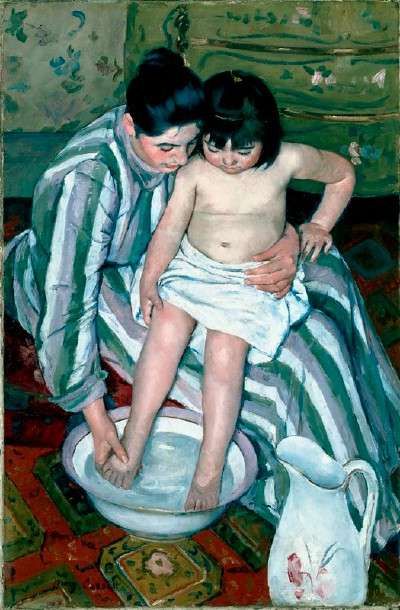

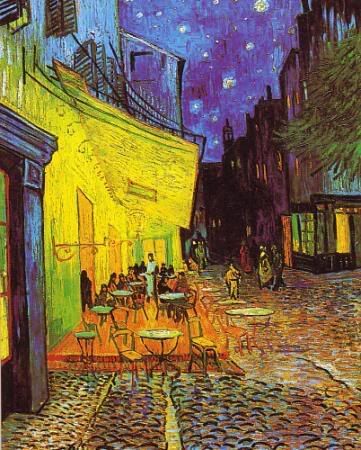
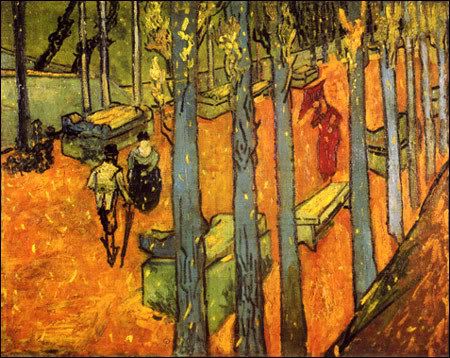

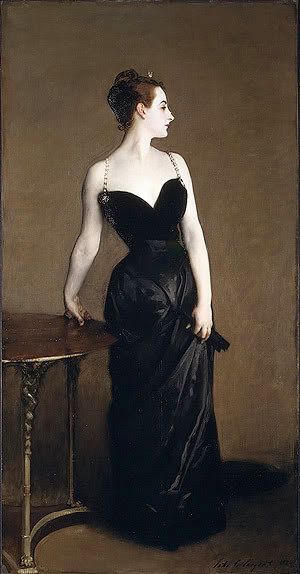
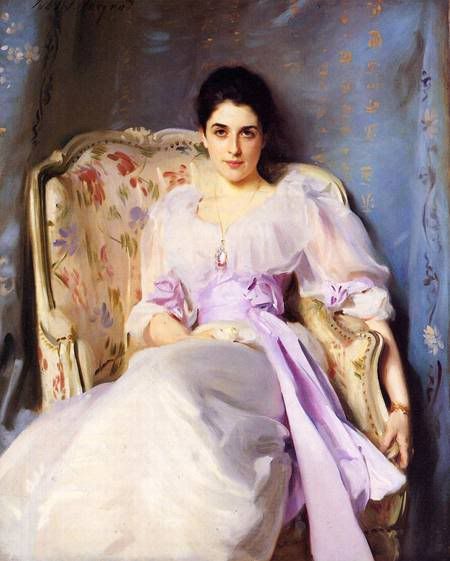
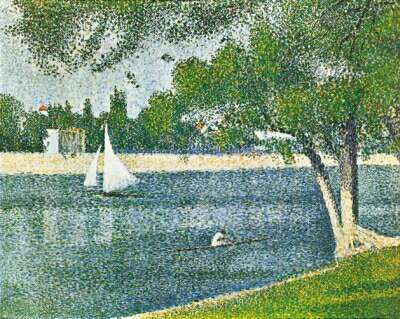
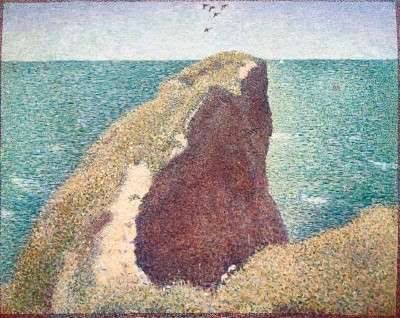


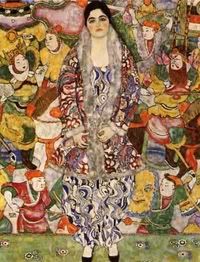

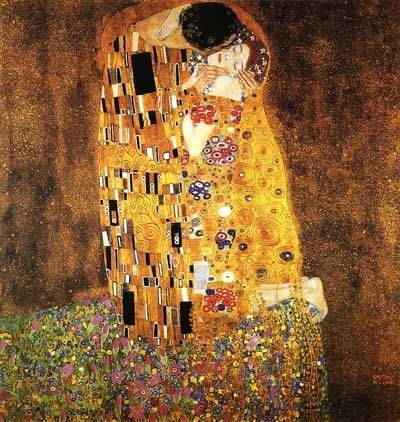




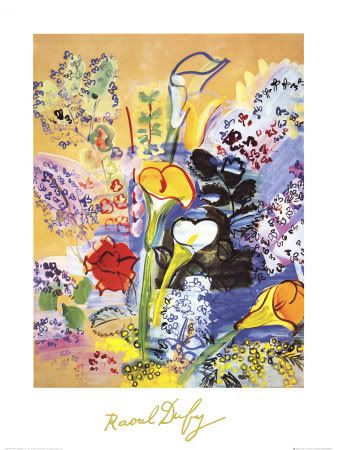
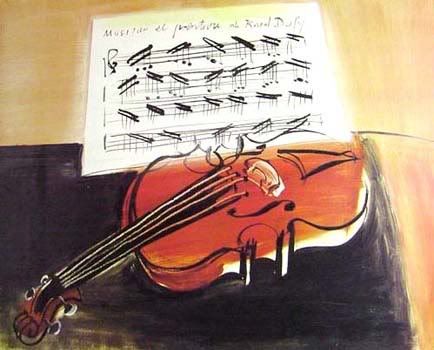
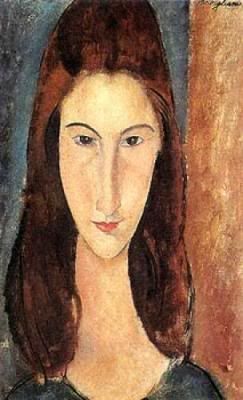
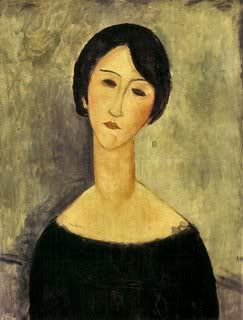



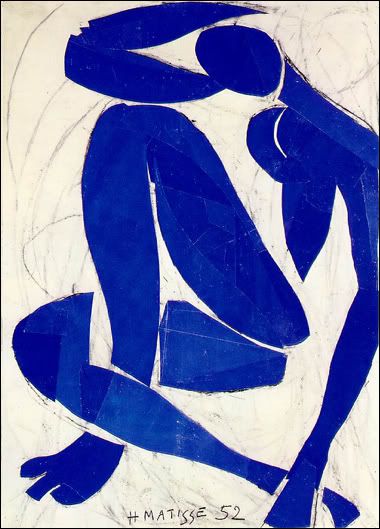
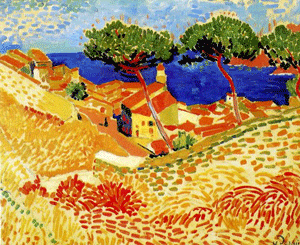
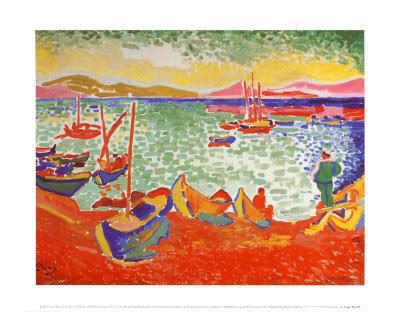


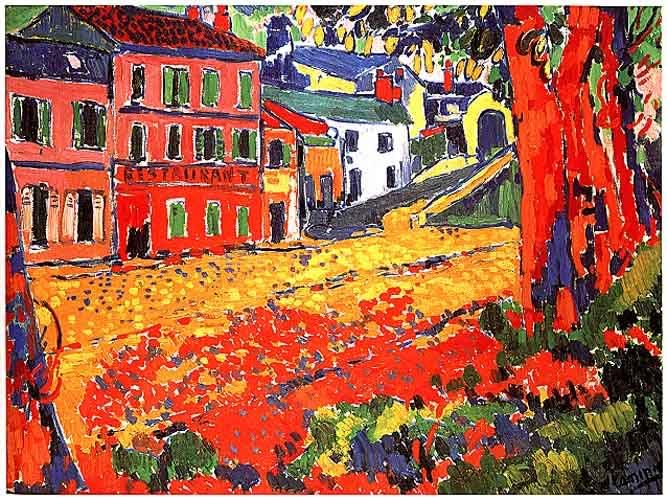

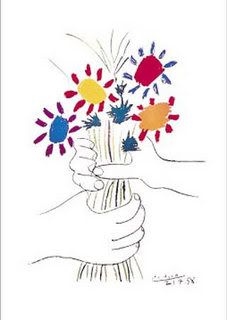
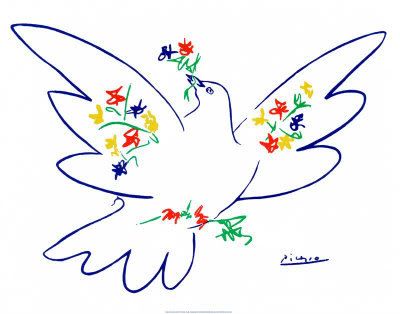
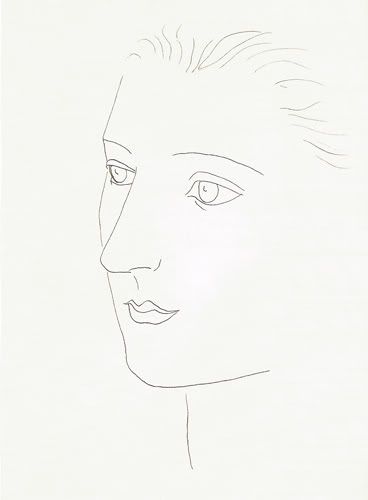
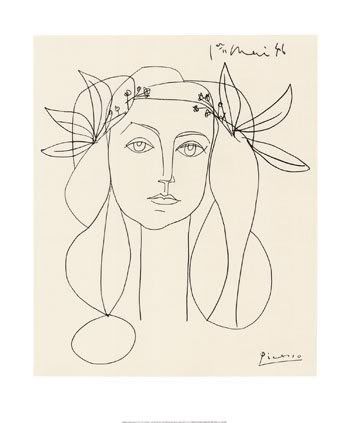
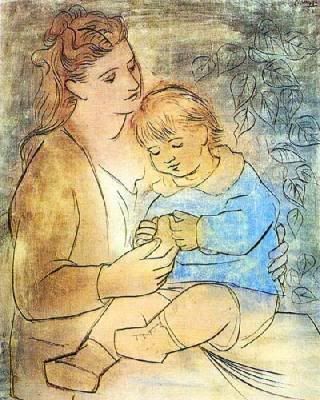
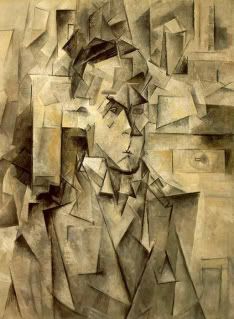
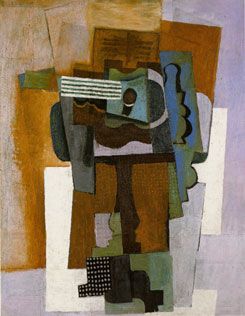
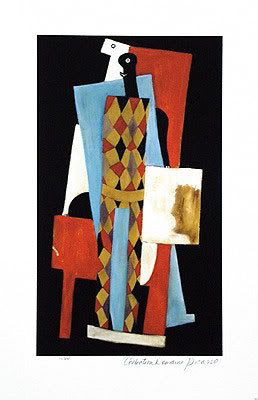



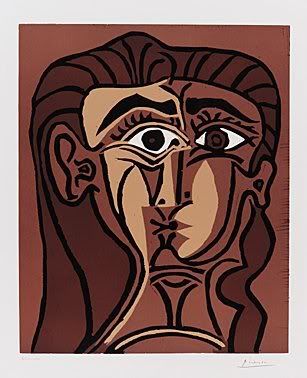
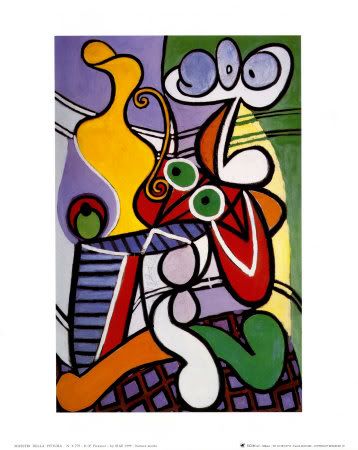
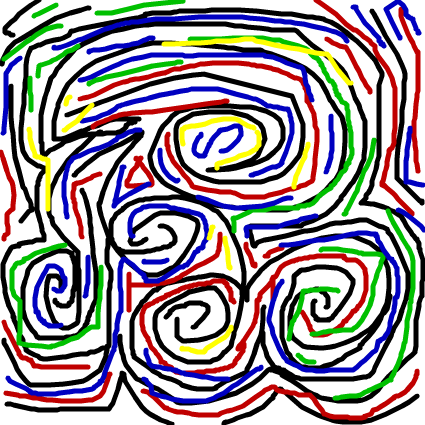

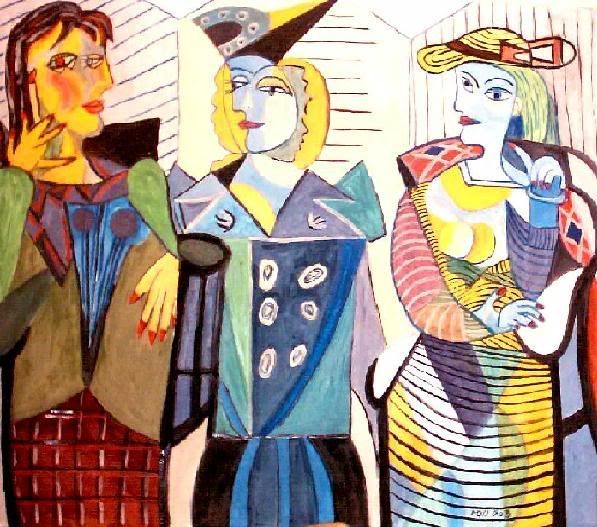

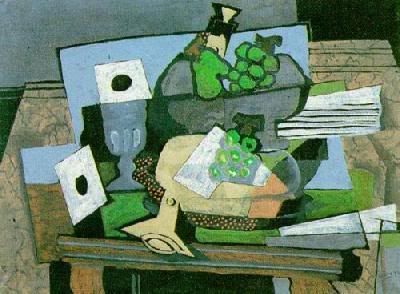

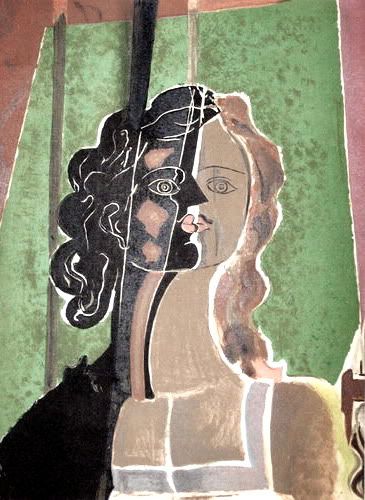
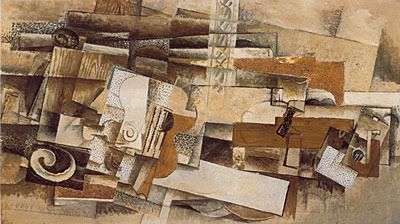


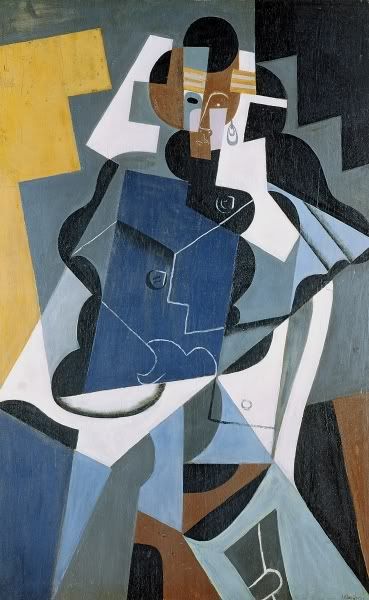
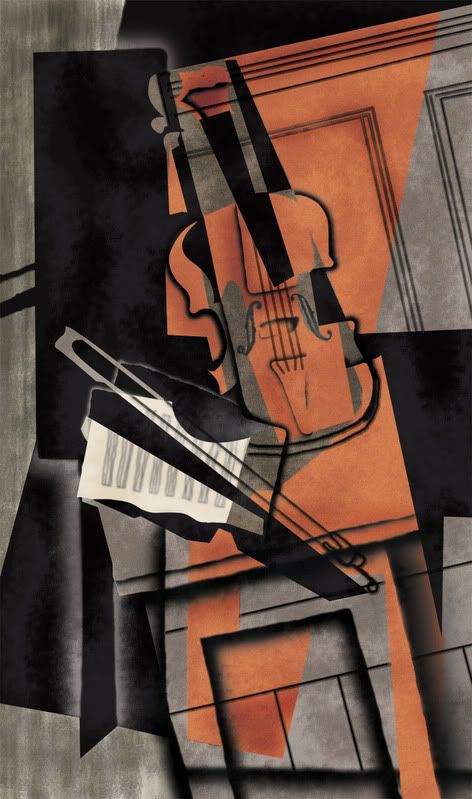

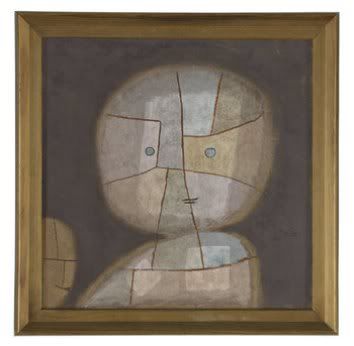

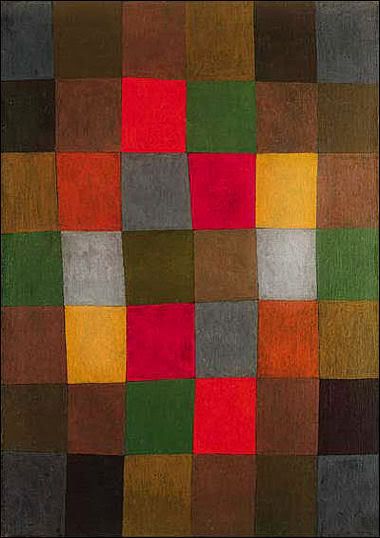
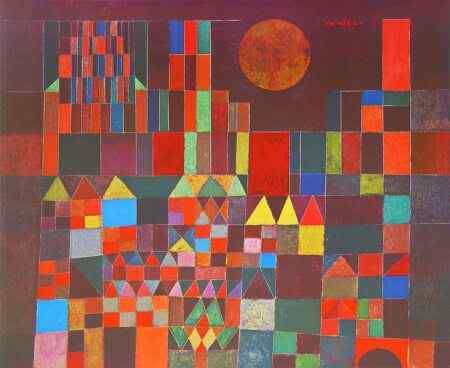
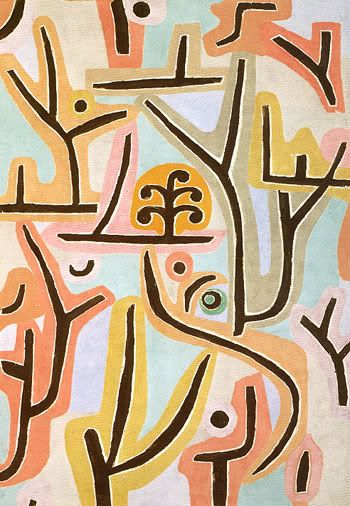

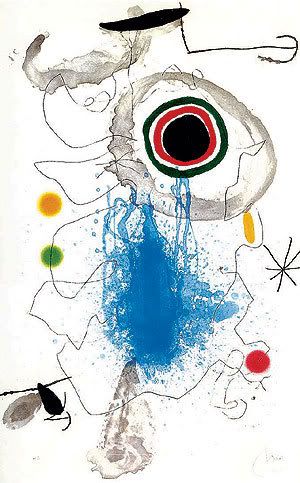
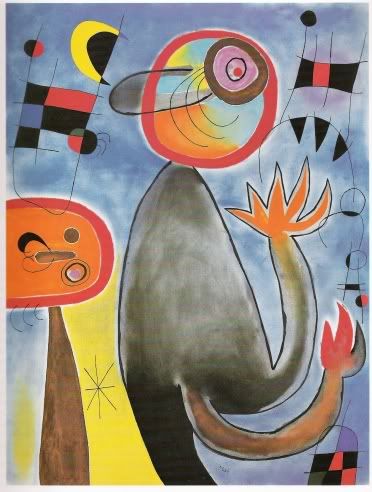
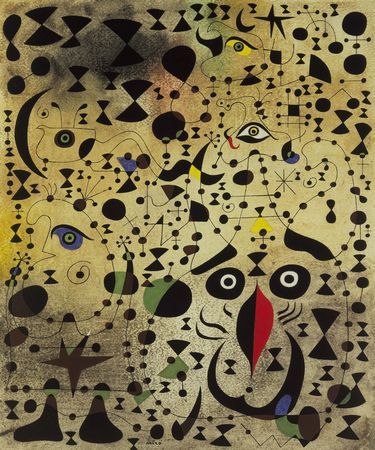
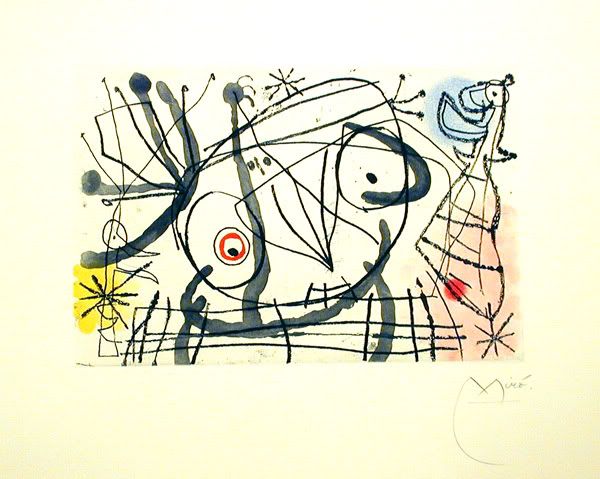
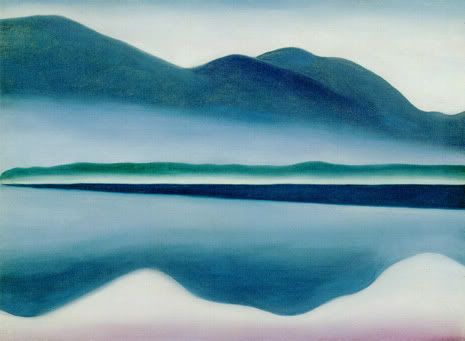




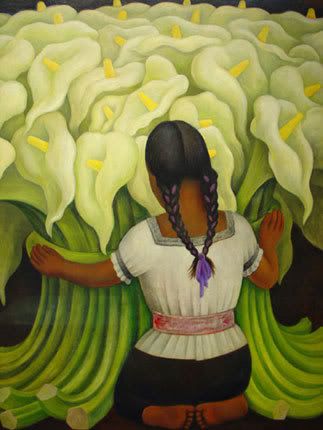
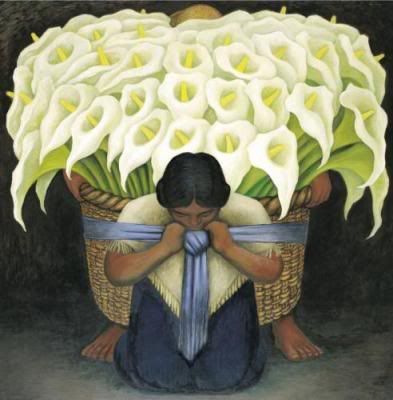

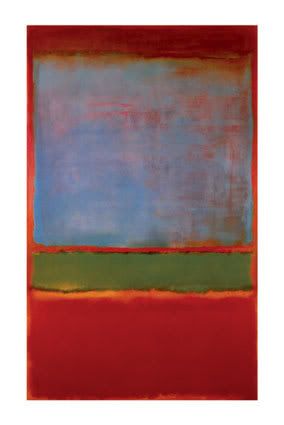
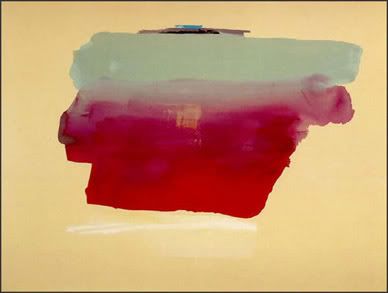
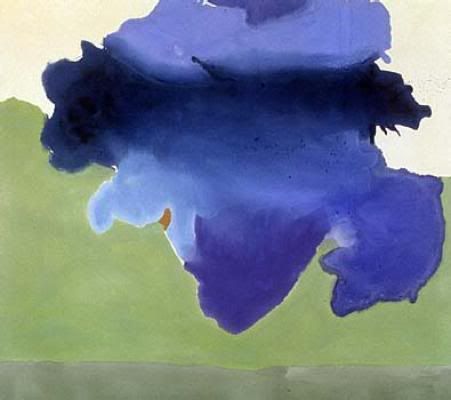
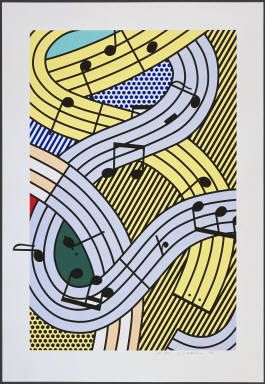


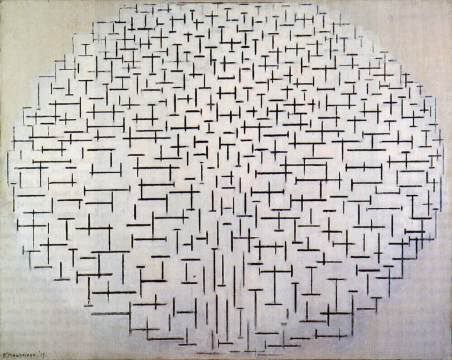







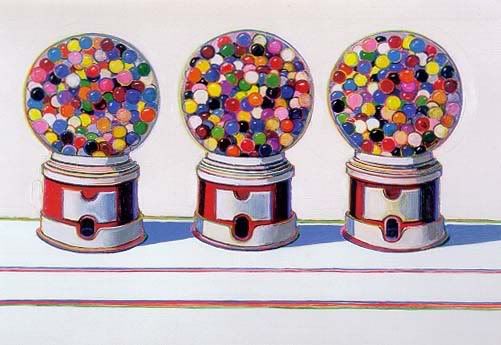



4 comments:
Hi! I absolutely adore the movie and I have been to Rome before. It is a wonderful place.
I just wanted to ask you, what is the title of the music played during the Night of Dancing on the River? It would be wonderful to know the title.
Thank you! :D
Great post! Just watched the movie for the first time after visiting Rome. Thanks for putting this together and answering the questions before I even asked them.
You're welcome! Glad you found it helpful. It's a great film, isn't it? Hope you had a wonderful trip -- Rome is beautiful!
I simply could not depart your web site before suggesting that I really loved the usual information a person
provide in your visitors? Is gonna be again incessantly to check out new posts
my site - rome travel
Post a Comment